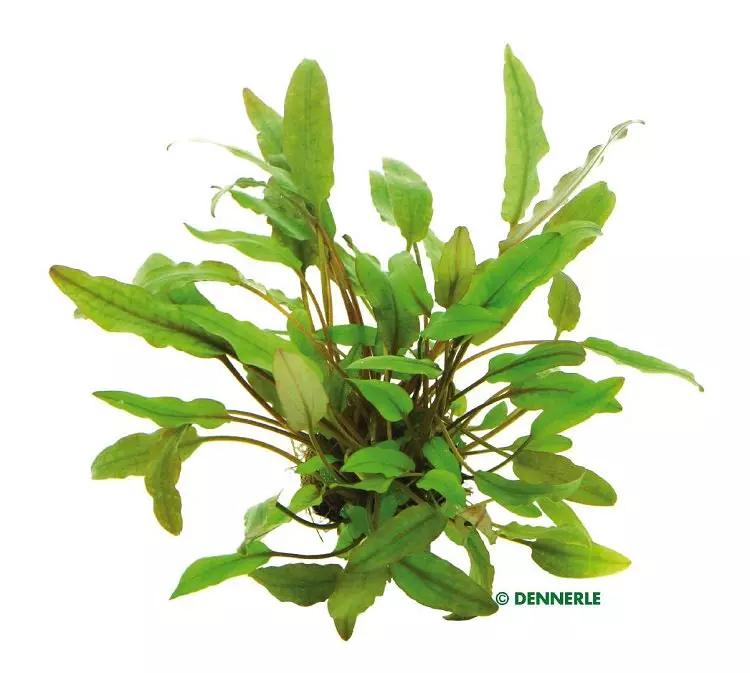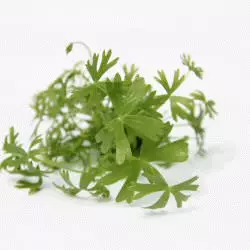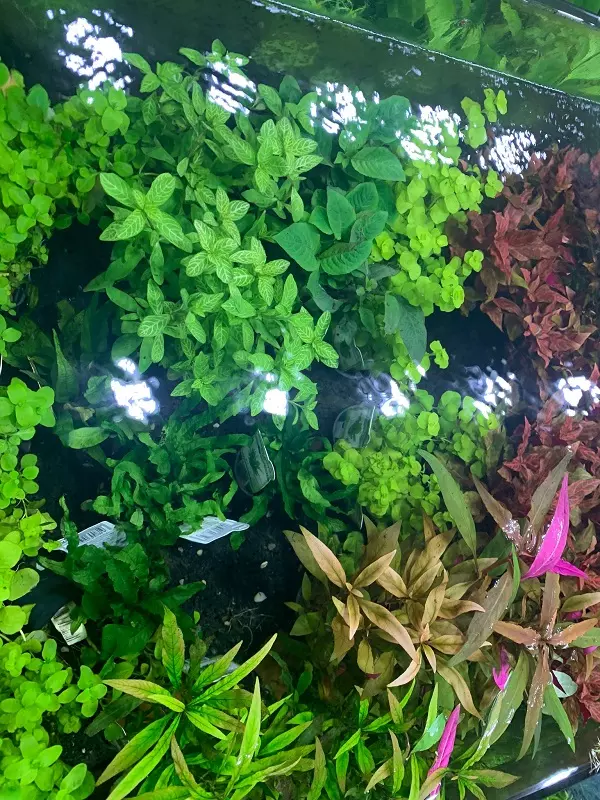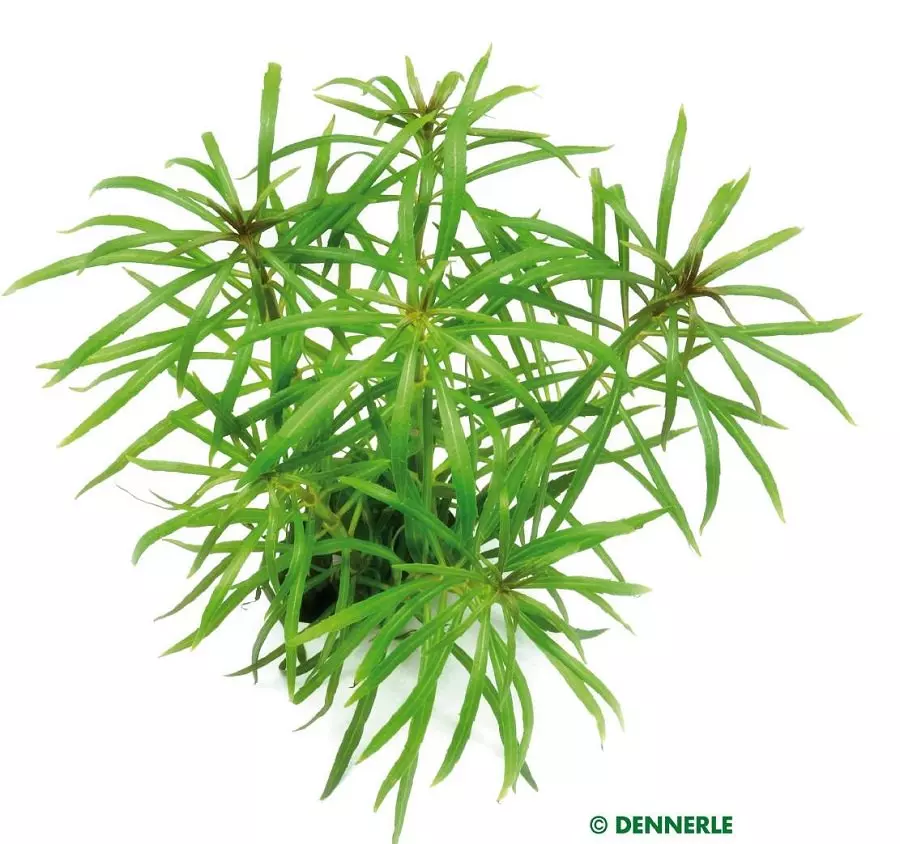

| Quantity | Unit price |
|---|---|
| To 4 |
CHF 8.90
|
| From 5 |
CHF 8.20
|
Stock: 0
Available in 1-3 days, acquisition time 14 days

Pogostemon stellatus spec. - Sternrotala grob
ehem. Eusteralis species
| max. Wuchshöhe | - 40 cm | Herkunftsland | Australien, Südostasien |
|---|---|---|---|
| Eignung | NanoCube | Typ | |
| Familie | Lamiaceae | Gattung | Pogostemon |
| Vermehrung | Kopfstecklinge, Seitentriebe | Wuchsgeschwindigkeit | mittel |
| pH | 5 - 7 | Wasserhärte | 0 - 15 °dh |
| Hinweise | |||
Pogostemon stellatus ist eine Stängelpflanze mit dichtstehenden Blattquirlen und kräftig gefärbten Blattspitzen. In Asien und Australien, wo sie in sumpfigen und moorigen Gebieten bis über 2.000 m gedeiht, ist sie häufiger anzutreffen. In der Kultur im Aquarium ist sie recht anspruchsvoll und benötigt weiches Wasser für ein gutes Wachstum. Viel Licht, permanente CO2-Zugaben und eine gute Ernährung sind ebenso wichtig. Sobald die Stängel die Wasseroberfläche erreicht haben, kann man die Triebspitzen abschneiden und neu setzen - aber auch der abgeschnittene untere Stängel treibt neu aus.
1 of 1 reviews
5 out of 5 stars
Login
28 September 2024 20:52
Empfehlenswert!
Die Stellatus ist kräftig, buschig sicher verpackt eingetroffen, und gedeiht super! Danke.
Customers also bought
Similar products
Customers also viewed
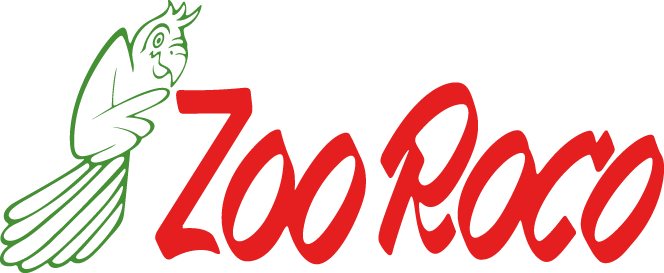


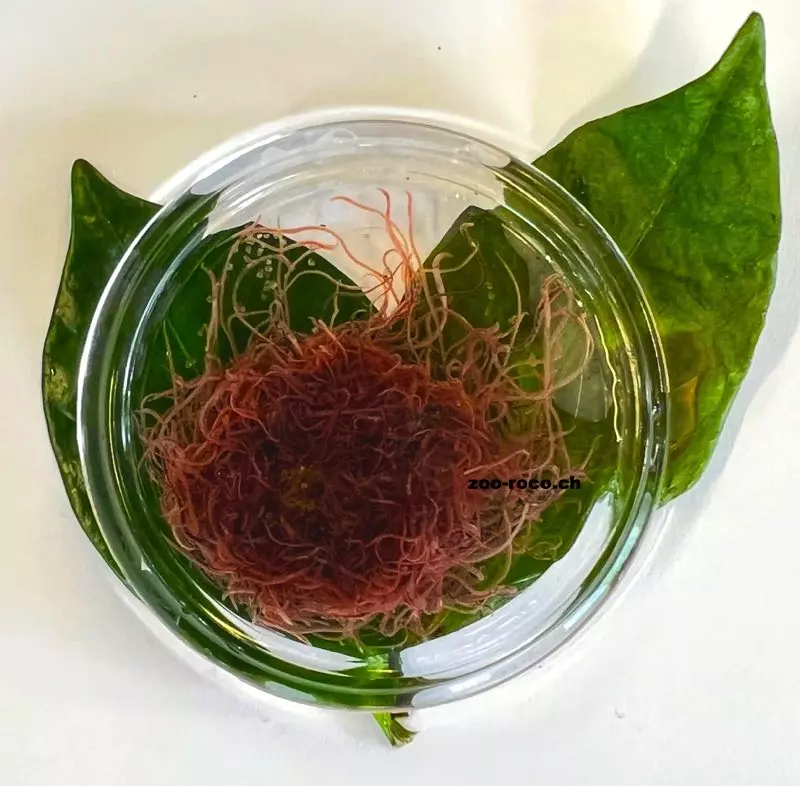



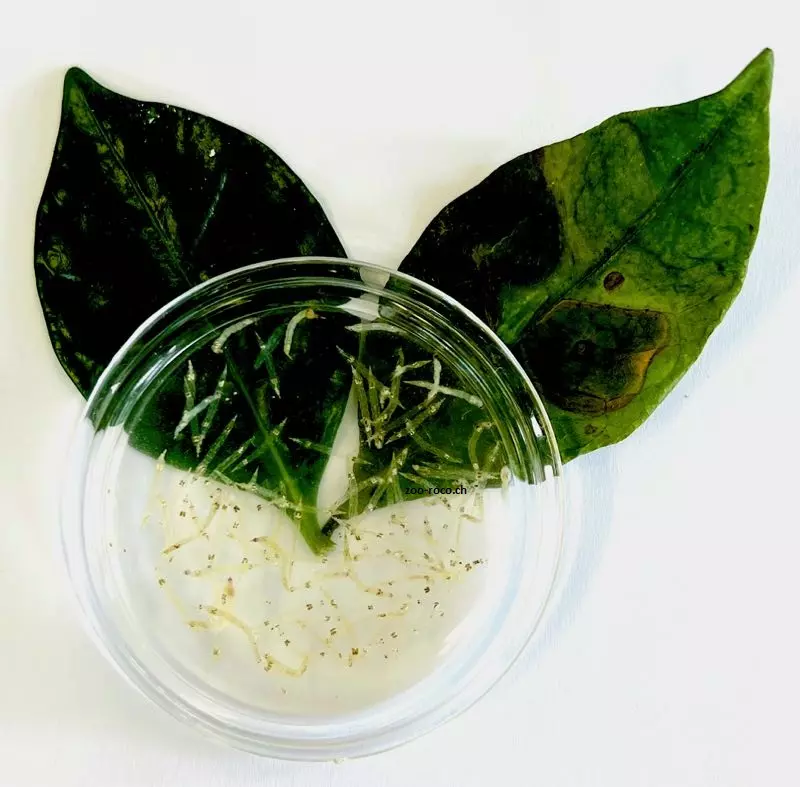
.jpg)












